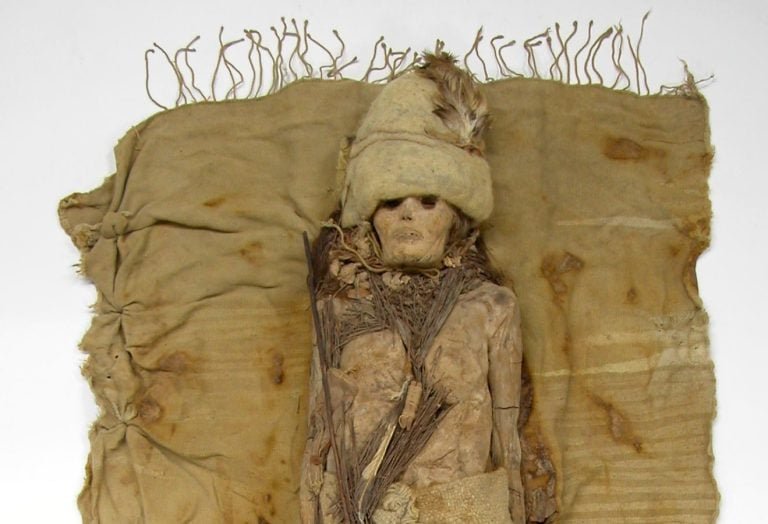Scientists have made a groundbreaking discovery, analyzing 3,600-year-old cheese DNA from the Tarim Basin mummies in China. The findings reveal an ancient form of kefir cheese, challenging previous beliefs about its origins.
Key Discoveries:
- World’s oldest cheese sample identified as kefir cheese.
- Made from cow and goat milk, with probiotic bacteria.
- Ancient kefir tradition in Northwestern China since the Bronze Age.
- Challenges Russian origin theory, suggesting Tibetan connection.
Expert Insights:
“This is the oldest known cheese sample ever discovered… Studying ancient cheese helps us understand our ancestors’ diet and culture.” – Qiaomei Fu, corresponding author
Ancient Probiotics and Cheese Making Techniques:
- Separate batches of cow and goat milk used.
- Lactobacillus kefiranofaciens and Pichia kudriavzevii bacteria identified.
- Evolutionary insights into probiotic bacteria.
Implications:
- Revised understanding of kefir’s origins.
- Genetic exchanges improved Lactobacillus stability and fermentation capabilities.
- Modern-day bacteria less likely to trigger immune responses.
Future Directions:
- Further research on ancient dairy products.
- Exploring the history of probiotic bacteria.
- Uncovering secrets of ancient food production.
Stay updated on the latest archaeological discoveries and scientific breakthroughs. Subscribe to our newsletter.
Share your thoughts: What secrets do you think ancient food can reveal about our ancestors?

















